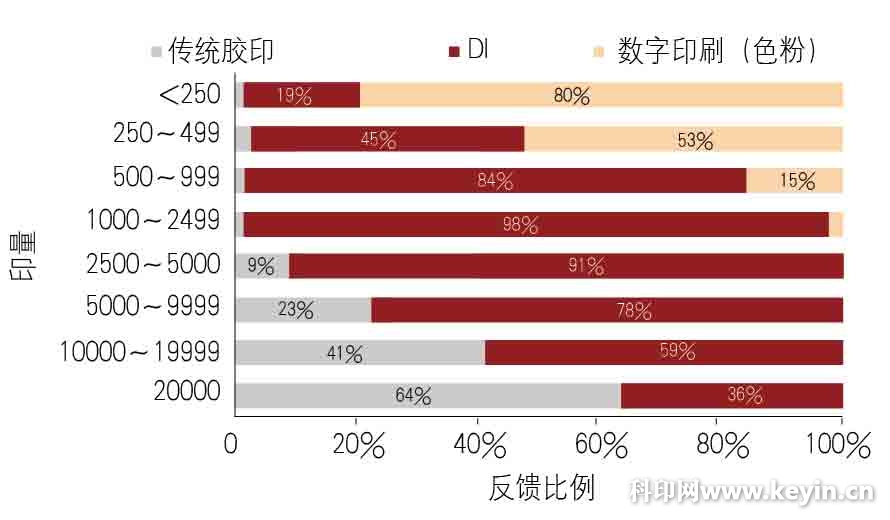Presstek presented it to InfoTrends Consulting's industry research report on the application of DI presses (hereafter referred to as “DI Reportâ€, released in September 2008), which shows that DI presses are between digital printing and Another printing method between traditional offset printing makes up for the blank of the application market between the two, and is another choice for the printing industry .
The following will be through the "DI Report", combined with an interview with Stephen C. Brower and Tim Sawyer, to analyze the application of the DI press with you, for your reference.
  Sample company description
The “DI Report†surveyed the OEM's DI presses and Presstek brand DI press users (59%) authorized by Presstek. There are 80 printing companies with DI presses submitting questionnaires. These companies have the following characteristics.
(1) 89% of companies have an annual income of less than $3 million, and the average annual income of all feedback companies is about $2 million.
(2) 69% of Presstek 52DI users earn more than $2 million a year, and 23% of users earn more than $5 million a year.
(3) 86% of the surveyed companies have fewer than 20 employees, and the average number of employees is 15.
(4) The average number of employees in the surveyed companies with Presstek 52DI equipment is 29.
(5) 67% of the companies surveyed belong to commercial printing companies, and another 8% refer to them as digital printing experts.
(6) 76% of the companies surveyed are from the United States, 13% are from Canada, and 11% are from Europe.
In addition to DI printing, most of the print service providers surveyed offer a range of services, from traditional offset printing to digital printing to creative services, prepress, CTP , finishing and wide color printing. Many of these services complement the DI press.
Technology selection based on job quantity
Most respondents said they have a traditional offset press and a production digital press (toner) in addition to the DI press. For different types of jobs, companies will choose different equipment for production. The respondents were asked what they thought would be more suitable for different print jobs, and the feedback results are shown in Figure 1.

Figure 1 Selection of different printing technologies based on the amount of printing
(1) The most suitable printing capacity for digital printing equipment is less than 250 marks.
(2) Jobs with a print volume of 250 to 499 can be produced using either a digital press or a DI press.
(3) The most suitable printing quantity for DI printing machine is 500~20,000 printing.
(4) The most suitable printing quantity for traditional offset printing is more than 20,000 impressions.
Market research shows that the number of jobs below 20,000 and 20,000 impressions is growing, while the number of jobs with larger print volumes is decreasing. The DI press just caters to this trend.
   Trends in business volume of different devices
Business volume changes for color digital printing, black and white digital printing, traditional offset printing, and DI printing (it is worth noting that all respondents operate DI presses, 65% of respondents operate traditional offset presses, and 83% investigate The survey results of the object-operated color digital printing press showed that 93% of the respondents' DI press business volume is growing, and 58% of the respondents indicated that their color digital presses are growing, while for traditional offset printing, Only 21% of respondents are growing in business, and 65% remain unchanged or declining. Printing companies use DI presses as a tool to maintain and increase their printing business to adapt to the ever-changing printing market, providing users with shorter job lengths and faster turnaround times.
Suzhou Longliqi Imp.&Exp. Co.,Ltd , https://www.longliqiexp.com